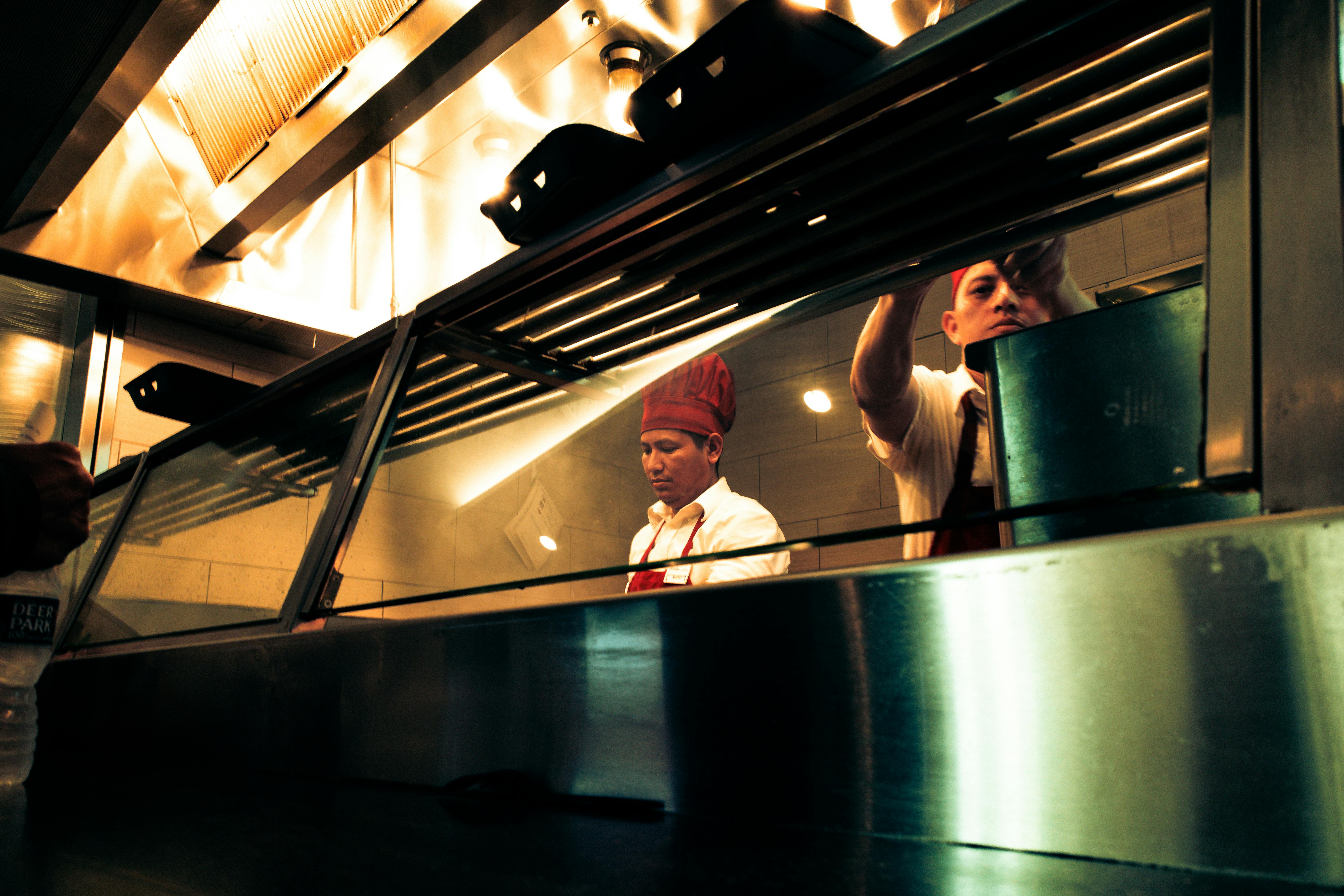
Thomas Jefferson: The Original Foodie
At the time of the American Revolution (circa 1775), the colonists still ate a primarily British diet, consisting of meats, stews, puddings, breads, and sweets, with limited vegetables. Beer, ale, and cider were frequent drinks. For the more affluent, there was port and some liqueurs. After Martha Jefferson’s death in 1782, the newly formed United States Congress appointed the widowed Thomas as “minister plenipotentiary” (their basic diplomat from him) and sent him to France. Thus began the life of a great fan of food, wine and kitchen gadgets (we are talking about France, here, the country known for high kitchen). There he discovered good food, olive oils, tasty mustards, succulent cheeses and pastries, unique and practically unknown foods in the Colonies. And he was hooked.
On his second trip to France, Jefferson took a young slave with him for culinary training and returned home in 1789, bringing with him some of his favorite delicacies, along with 680 bottles of wine (wine connoisseur extraordinaire). He also brought home his latest gadget acquisitions, which included the first ice cream freezer, a cheese grater, and a pasta maker. Although he was unsuccessful in starting a sizeable vineyard for domestic wine production on his Monticello estate, he was a keen gardener and horticulturist. Along with numerous vegetables familiar to the area, he successfully introduced and cultivated aubergines, okra, tomatoes, garlic, fava beans, peanuts, and hot and sweet peppers, all of which were previously considered warm-climate Mediterranean vegetables virtually unknown to the British. diet. Throughout his life, he experimented with organic gardening, developing new species and grafting fruit trees to produce tasty fruit. He literally changed the landscape of the gardens from colonial times onwards. Historians estimate that he was responsible for the cultivation of 330 varieties of vegetables and herbs, and 170 varieties of fruit.
Dinners at TJ’s included hearty meats and poultry for his guests, but he preferred the majority of his own food to consist of lots of fresh vegetables from his garden, with plenty of imported wines to wash it all down. You definitely wanted to be on his guest list. After a typical dinner at the White House or Monticello, one can only assume that the gentlemen retired to the library for tobacco, cognac, and perhaps a few loud belches, then fell asleep. The ladies retired to the parlor, where some of them would have notched their corsets a few notches. Not surprisingly, with one guest’s diary description of a “casual” dinner: a light bean and rice soup, roast beef, turkey, lamb, ham, veal chops, fried eggs, macaroni, assorted fresh vegetables and a final course of pudding, fruit, cheese and ice cream with sauce. Accompanied by abundant imported wines, of course. As a renowned gastronome, Jefferson frequently advised other American luminaries and presidents on state dinner menus and helped enlighten chefs on the proper preparation of his unique recipes.
Clearly we have Jefferson to thank for introducing America to a potpourri of new dishes, with many ingredients fresh from his gardens: French fries, peanuts, Johnny-cakes, mashed potatoes, sweet potato pudding, sesame seed oil, fried eggplant. and those great American Staples, ketchup, pumpkin pie, and mac and cheese. He also presented the ice cream to the astonished dinner guests. Combining Western European gardening with his unique Monticello cuisine, he enjoyed fusing different cuisines and experimenting with new vegetables and fruits. Fortunately for future generations, TJ often wrote recipes during his travels in Europe, as well as recording menus and collaborating with his chefs. His daughters and grandchildren kept some of those precious recipes in perpetuity.
Thomas Jefferson was an extraordinary man. A visionary, a foodie, author, wine connoisseur, and southern gentleman. One can only fantasize about what his dinner guests experienced. If he were alive today, there is no doubt that he would have his own show on Food Network TV.